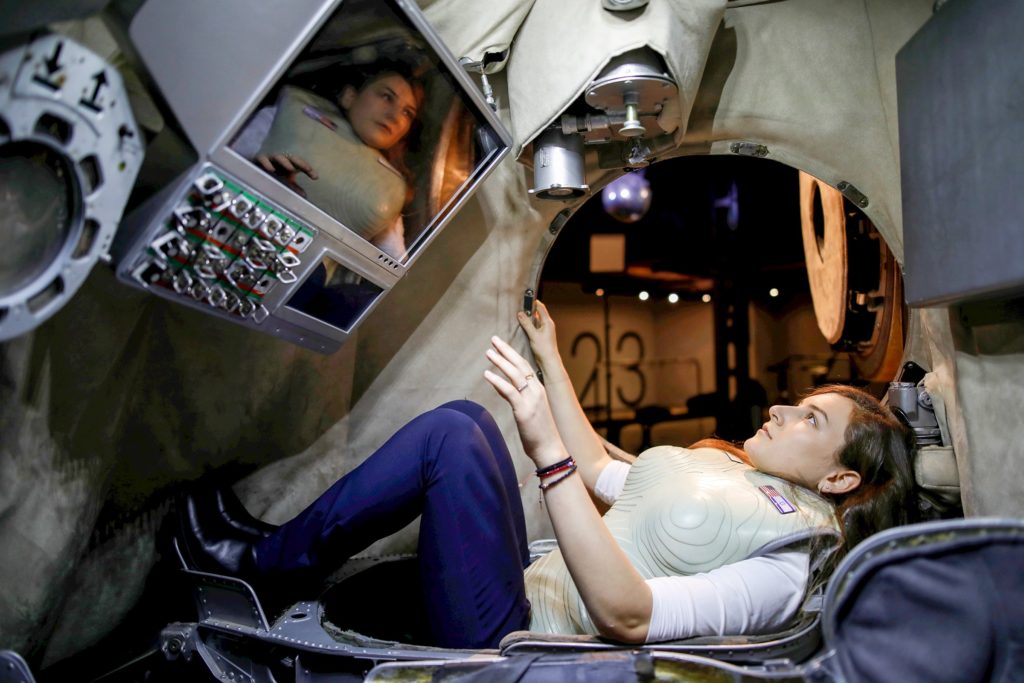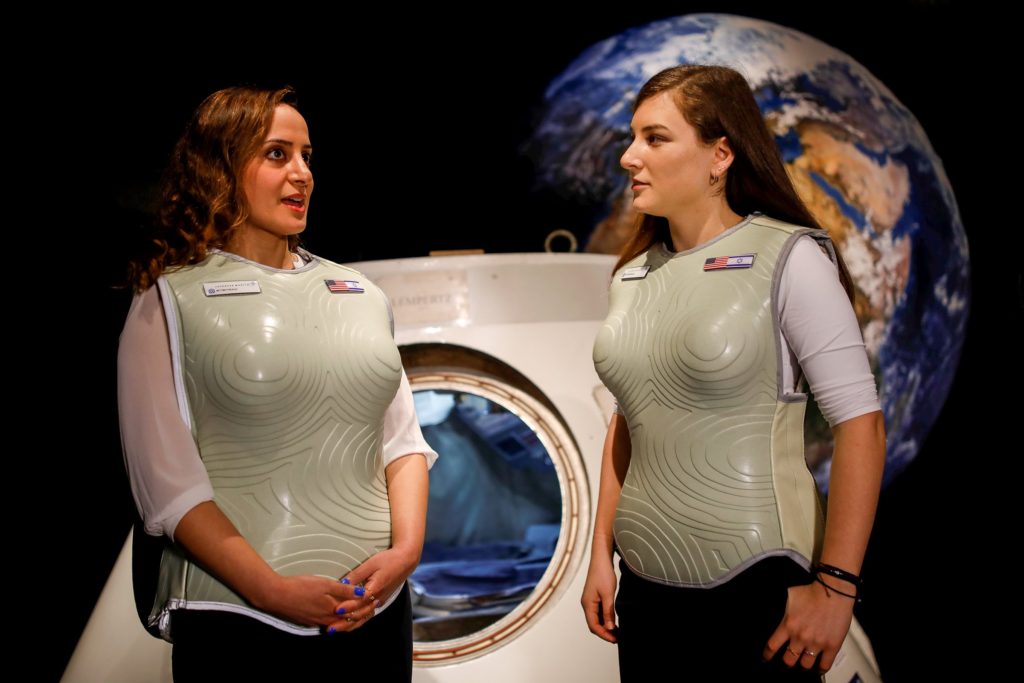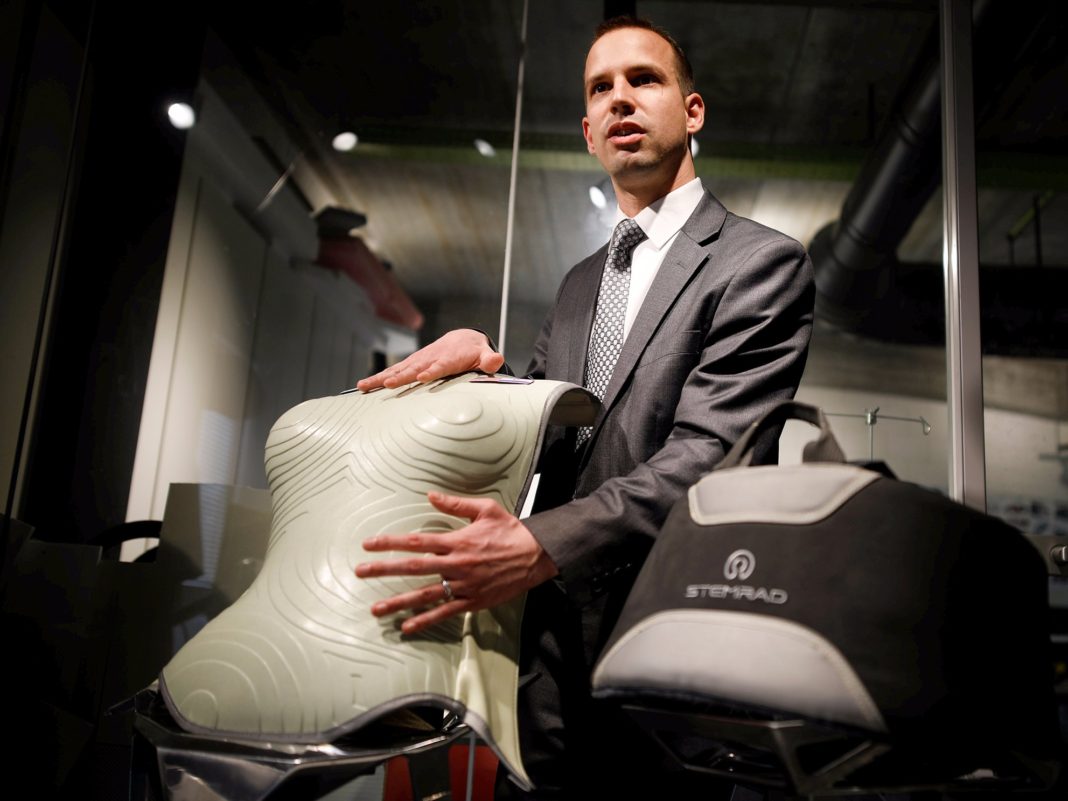Exposure to radiation has always been a concern for those traveling in deep space. However, with thanks to a new type of vest called AstroRad, those concerns may soon be a thing of the past. It’s been designed by a team over in Israel and is now ready for use on any manned mission to Mars.
The company behind the AstroRad Radiation Shield is StemRad. Based in Tel Aviv, the company has already produced a belt that protects rescue workers from radiation during nuclear disasters like Fukushima and Chernobyl should one ever occur again. Add that to the newly designed vest, and everyone’s a winner. Mars offers no protection in its sparse atmosphere, so this kind of invention is vital if we’re really serious about putting people on Mars in the next few years.


The AstroRad consists of several layers of non-metallic materials to shield vital organs, and everyone will be tailor-made for each astronaut. StemRad’s CEO, Oren Milstein, said, “This product will enable human deep space exploration. Our breakthrough has come in creating the architecture of the multi-layered shield to cover the most important organs accurately.” Although the vest has already proven itself in simulations and the laboratory, StemRad will also be testing the product out onboard the Orion spacecraft in a joint venture between Lockheed Martin, NASA, and the European Space Agency.
Orion is due to launch late 2018 as an unmanned mission, but NASA is also considering sending two astronauts up on the same mission. During the flight, a dummy will be wearing one of the vests as well as a device to record the amount of radiation the dummy absorbs. Another dummy will travel alongside the one wearing a vest, but this one bare. The pair will be analyzed again upon returning to Earth. StemRad’s first example of the vest is to start being produced later thus year according to Milstein. He said, “Based on our simulations, we’re sure it works but to be 100 percent sure, we’re sending it up on EM-1.”
More News To Read
- Blue Origin Assemble Long-Awaited BE-4 Rocket Engine
- Could Marijuana Be A Future Treatment for Alzheimer’s?
- Could a Magnetic Shield Be the Answer to Creating a Suitable Atmosphere on Mars?
- Scientists Observe the Most Detailed Black Hole Wind to Date
- The Hubble Shows How Asteroids and Comets are More Alike than We Realized











